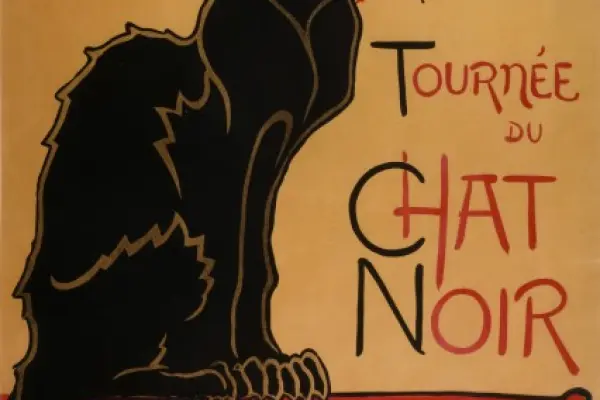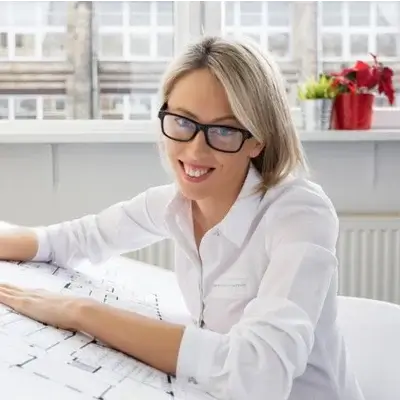"The lines of nature are always functional. Art must follow this principle." - Henry van de Velde, theorist of the Art Nouveau style
The late 19th century, marked by the flourishing of the Belle Époque, was an era of revolutionary changes in art and culture. During a period of rapid industrialization and technological progress, artistic innovation stemmed from an unusual blend of diverse styles and their creative reinterpretation. There was a growing need for a fundamentally new direction, free from historical conventions. Thus, the Art Nouveau style (French for "New Art") began to take shape, becoming a symbol of modernism and innovative art of its time.
Emergence and Development of the Style
In the 1880s, the first manifestations of Art Nouveau began to appear in the works of progressive artists and sculptors of the era. Floral ornamentation, inspired by both European Gothic and Japanese ukiyo-e prints, became a defining element of the new style, giving it a distinctive recognizability and uniqueness.
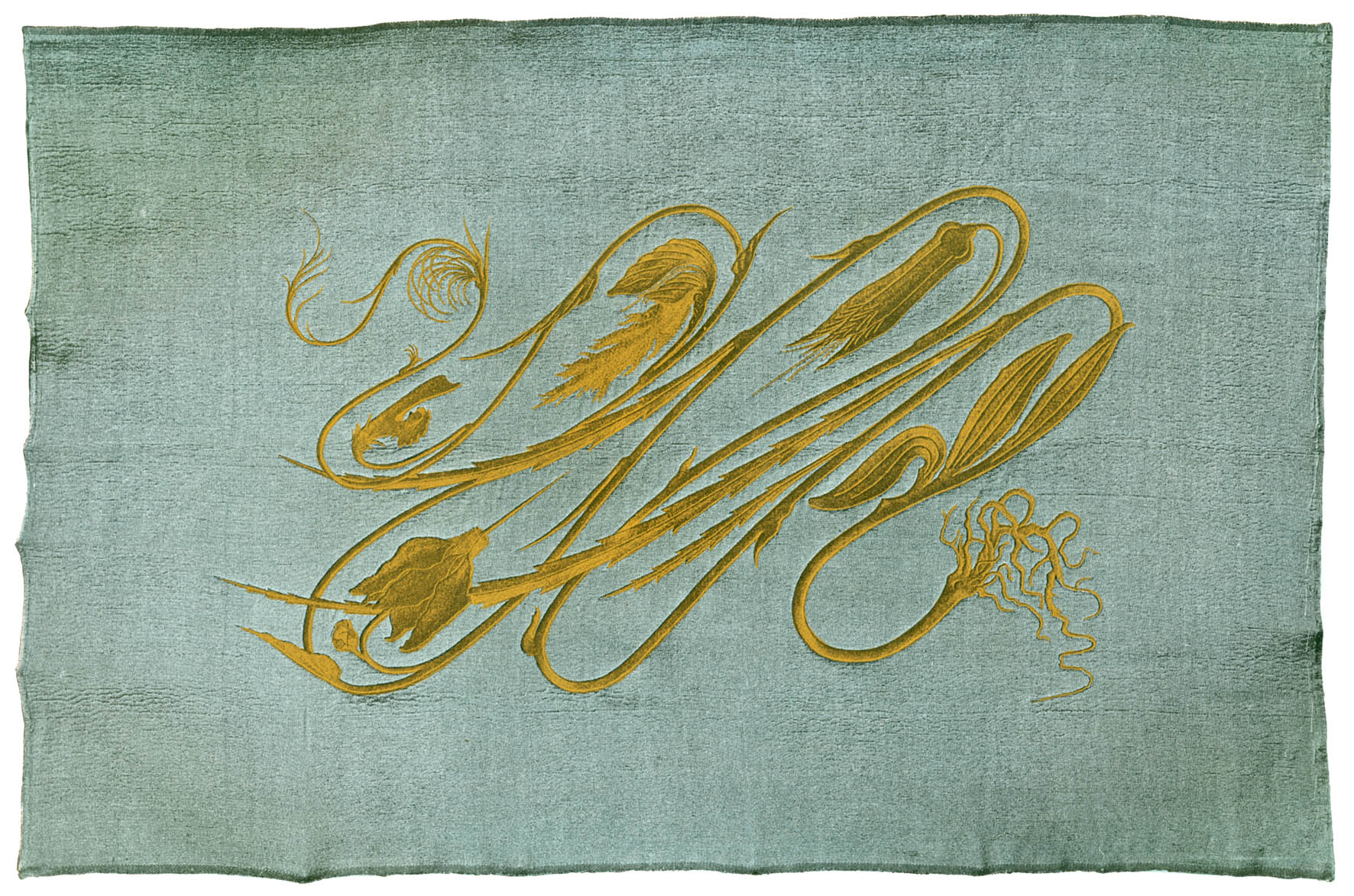
The famous embroidery by Hermann Obrist, "Whiplash" (German: Peitschenhieb), became an archetype of the style due to its smooth, dynamic lines, later termed the "whiplash line" (coup de fouet). This work of decorative applied art vividly demonstrates the core principles of the new direction: a rejection of straight lines in favor of natural, organic forms.
Philosophy and Aesthetics of the Style
Art Nouveau rejected traditional architectural canons, inspiring artists and architects to seek innovative decorative solutions. Stylized floral and animalistic motifs with characteristic flowing lines dominated the designs. These images deliberately diverged from naturalistic or historical representations, drawing inspiration from late Gothic forms and Japanese art.
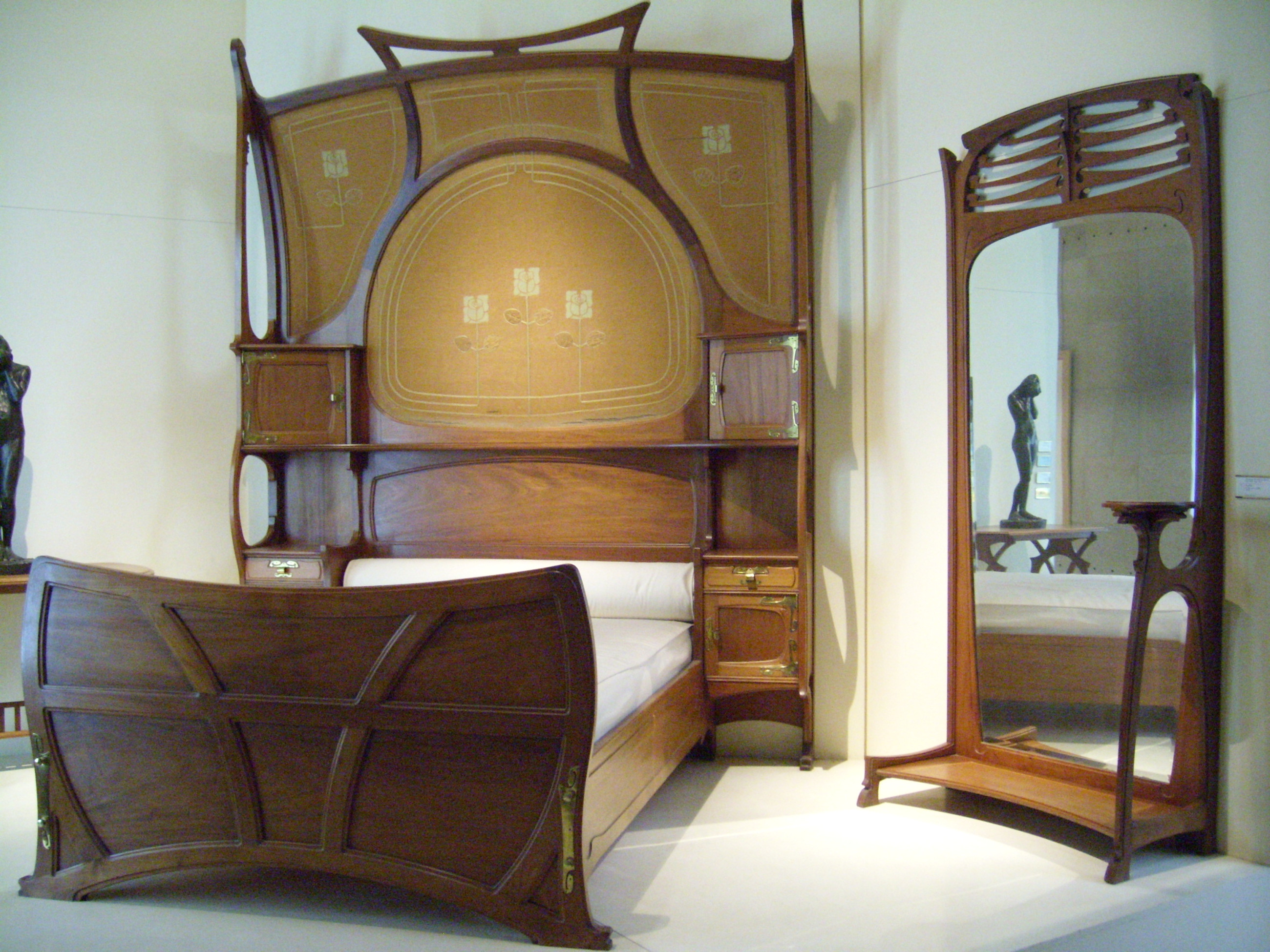
International Recognition and Regional Variations
Art Nouveau rapidly spread worldwide, influencing various forms of art: from painting and architecture to interior design and household objects. Notably, the style took on distinct names and characteristics in different countries:
| Country | Name | Characteristics |
|---|---|---|
| France | Art Nouveau | Emphasis on floral motifs and flowing lines |
| Russia | Modern | Synthesis of national traditions with new forms |
| Germany | Jugendstil | Geometric interpretation of natural forms |
| Italy | Liberty | Decorativeness and elegance of lines |
| Scotland | Glasgow School | Strictness and geometric forms |
Architectural Innovations
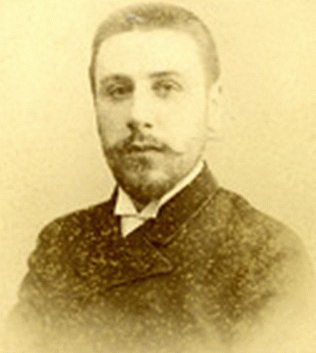
In architecture, Art Nouveau vividly showcased the style’s innovative trends. Victor Horta, a recognized pioneer of the movement, created revolutionary designs where metal and glass formed astonishing organic structures resembling fantastical plants.
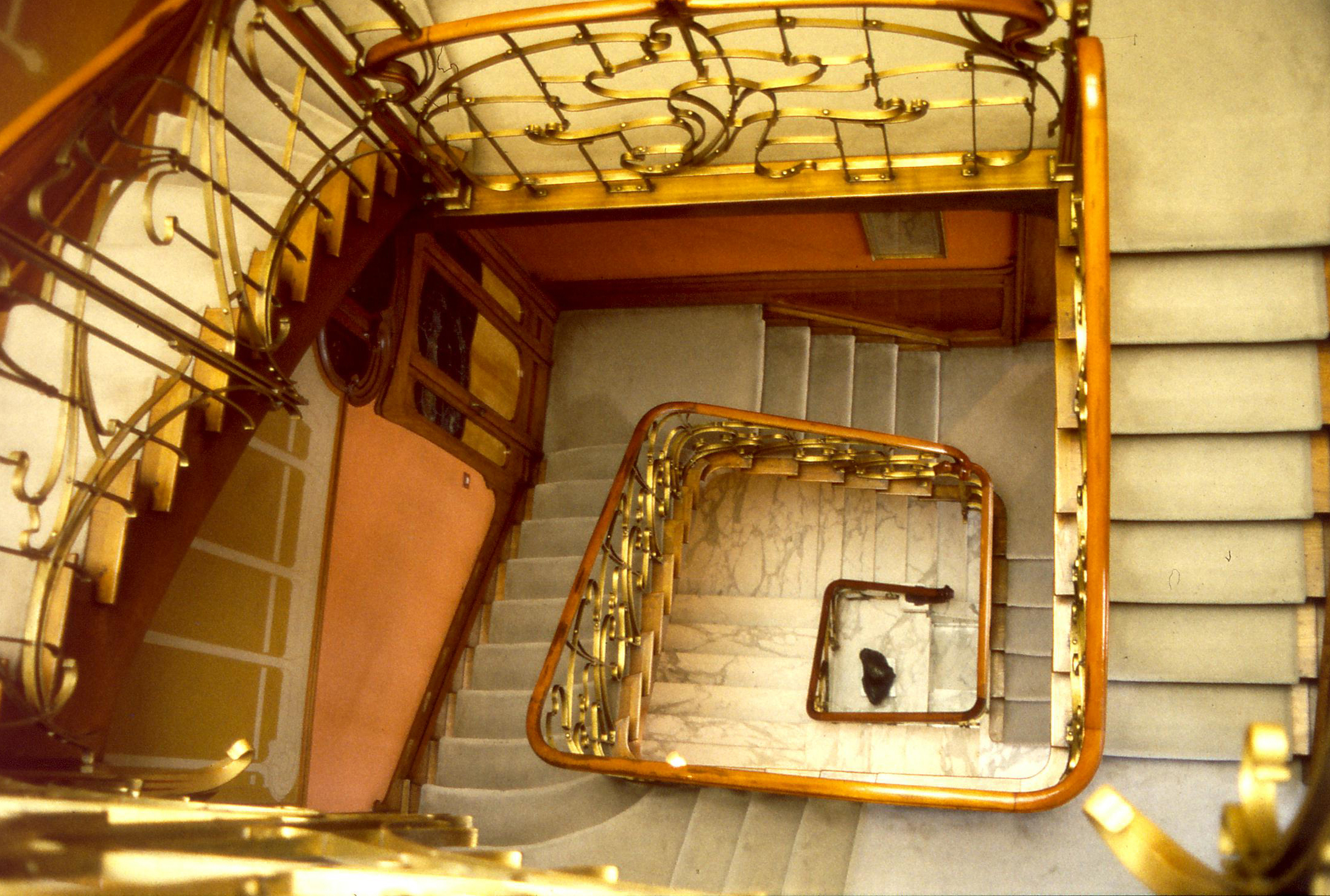
"Architecture must be alive and evolving, like nature itself" - Victor Horta
Development of the Style in France
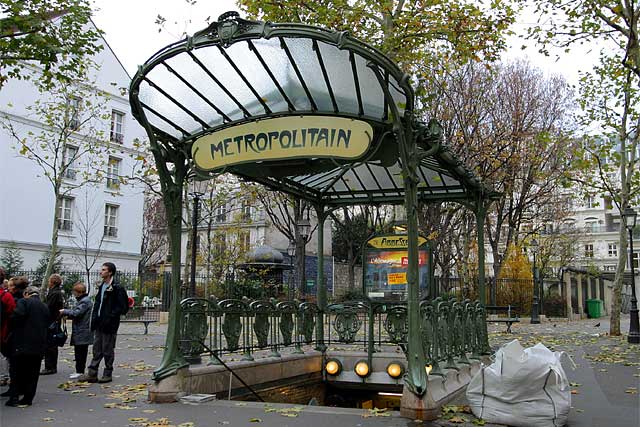
In France, Art Nouveau gained particular prominence through the works of Hector Guimard, who created the iconic entrances to the Paris Métro. These structures became a symbol of the fusion of functionality and artistic expressiveness.
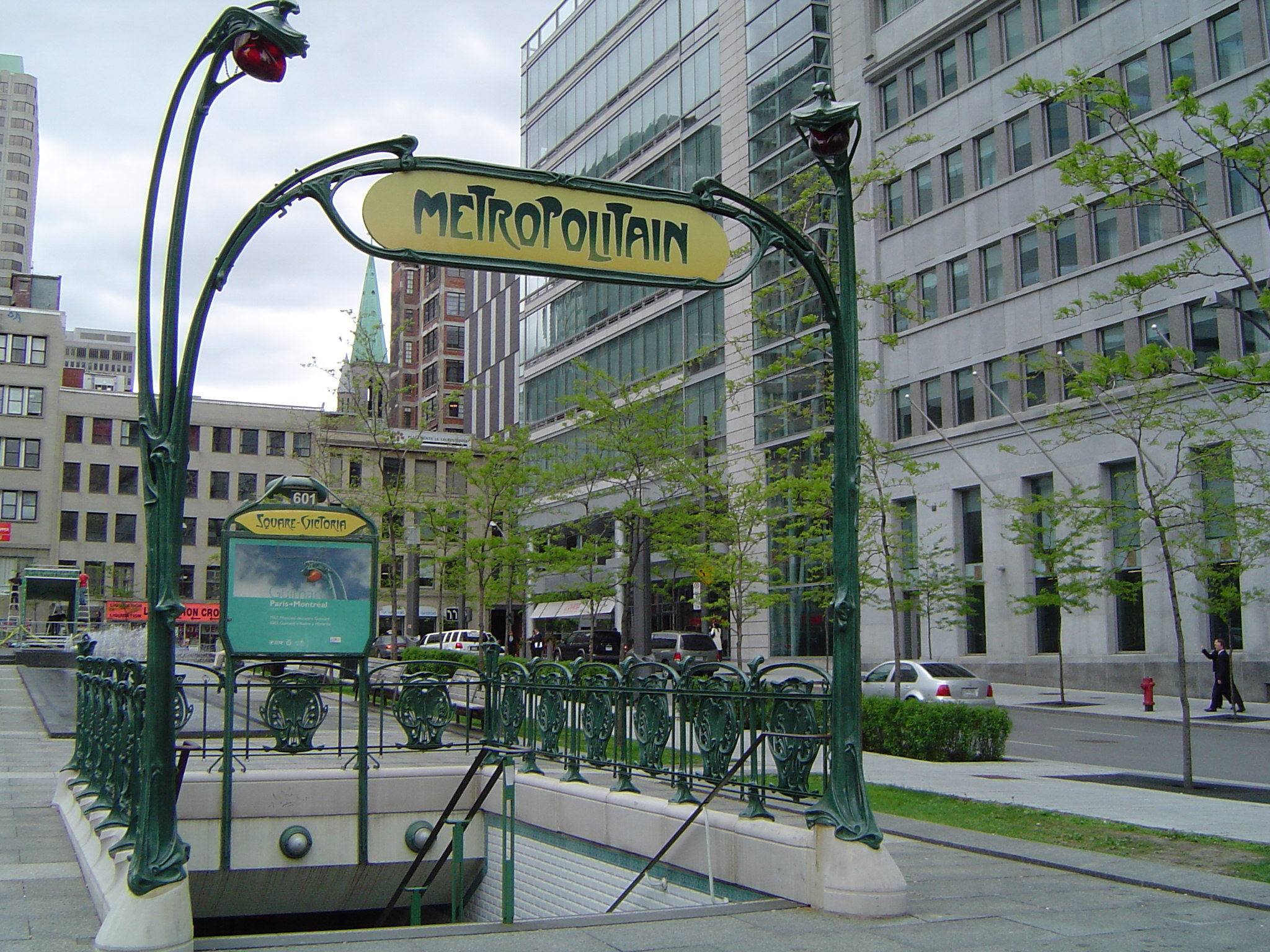
Modern in Russia
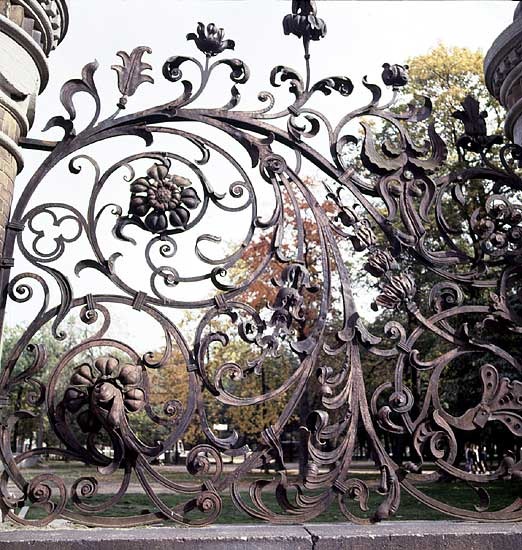
In Russia, the Modern style took on distinctive characteristics through the works of Fyodor Schechtel and other architects. A hallmark of Russian Modern was the use of triangular ornaments and an unusual combination of oval forms with triangular elements, vividly expressed in the design of the Moscow Art Theatre’s "Seagull."
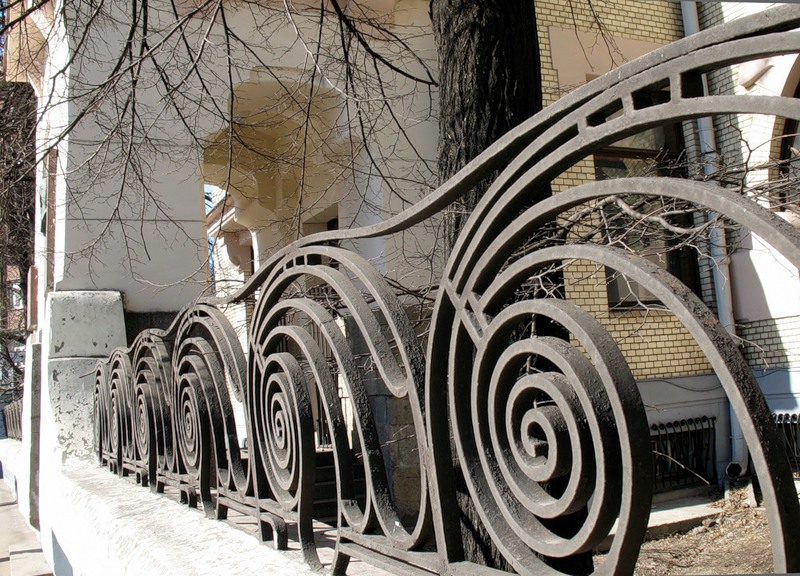
Spanish Modernism
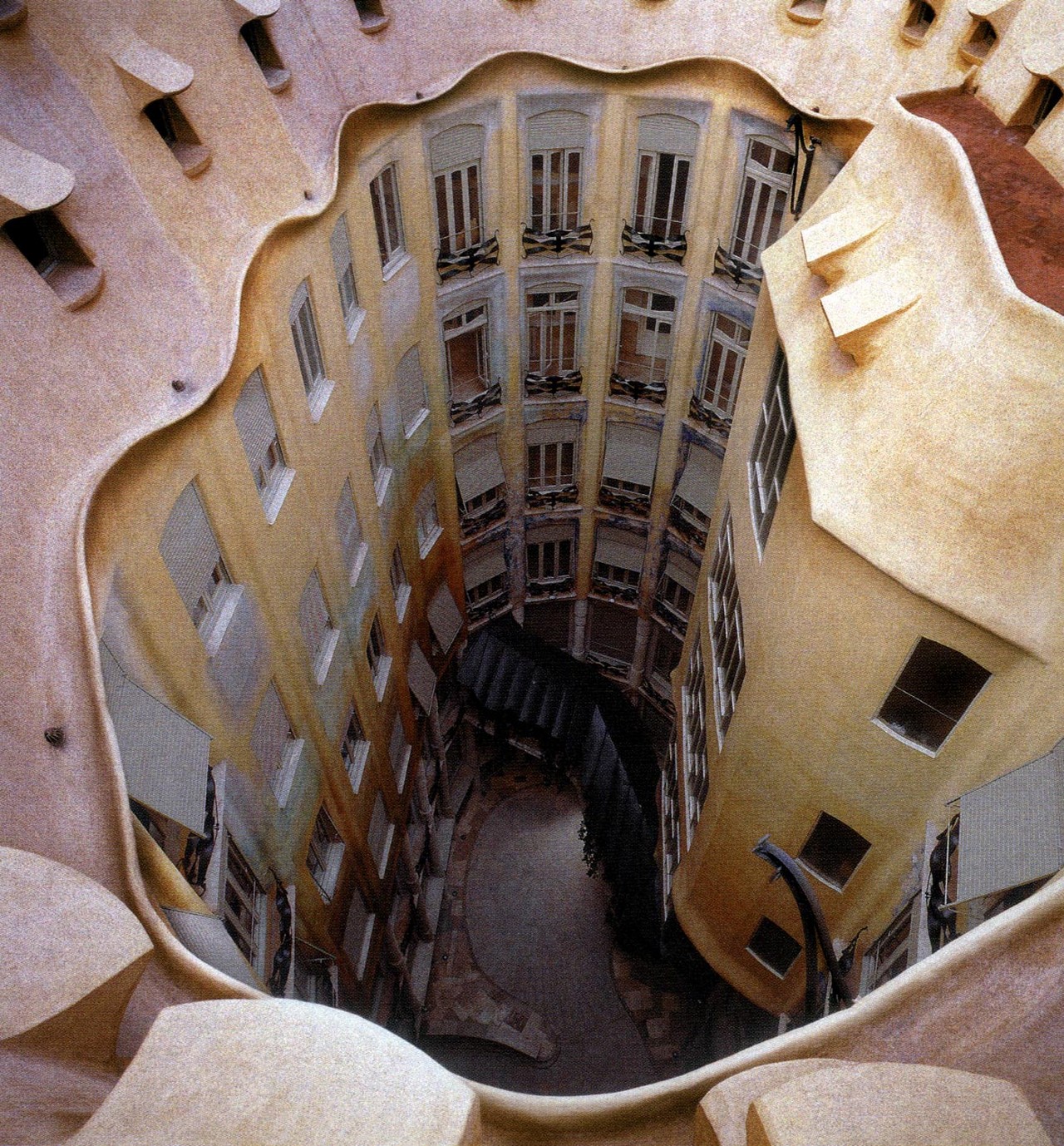
Antonio Gaudí developed his unique interpretation of the style, completely rejecting traditional architectural canons. His works, such as Casa Milà in Barcelona, demonstrate an organic fusion of architecture with natural forms.
Artistic Principles
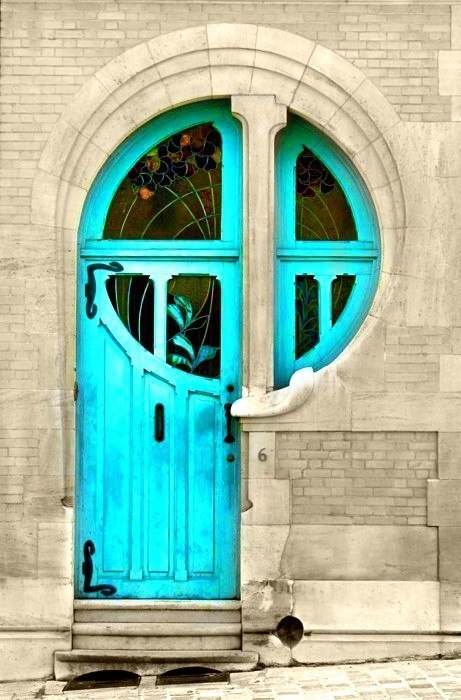
Art Nouveau does not merely imitate the external forms of living nature but strives to convey the essence of organic growth and development. This is evident in the characteristic "elongation" of forms and the unique technique of "stretching" elements from a dense medium. Modern biophilic design continues these traditions of integrating natural elements into living spaces.
Influence and Legacy
The development of Art Nouveau led to the formation of several significant directions in art:
- Neoromanticism, emphasizing emotional expressiveness
- Neoclassical style, reinterpreting classical forms
- Rationalism, developing the functional aspects of design
Each of these directions, while evolving independently, preserved the fundamental principles of Art Nouveau: the pursuit of organic forms and the unity of aesthetics and functionality.
